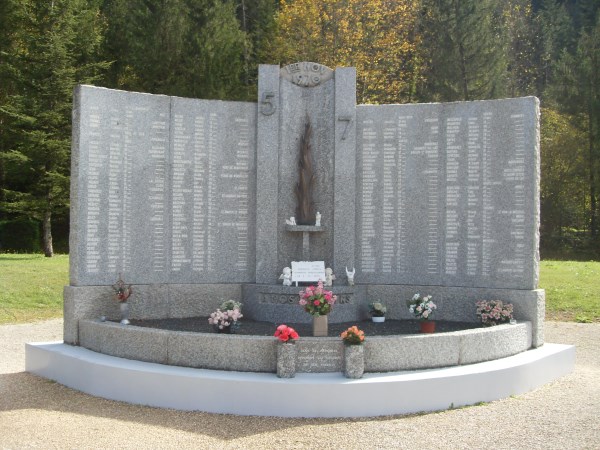Lessons were learned, but at a terrible cost, when a nightclub fire in France claimed the lives of 146 people, most of them teenagers from the same small town.
The inferno happened on November 1st, 1970 at the Club Cinq-Sept, which was found to have a catalogue of shortcomings, oversights and evasions relating to fire safety regulations. The tragedy was said to have wiped out a generation of young people from the small nearby town of St Laurent du Pont, where nearly every family lost someone to the flames.
 The newly-built club, which only opened for business seven months earlier, was in a relatively isolated location about a mile-and-a-half from St Laurent du Pont, in south-eastern France. It was a large open-plan windowless structure, with breeze-block external walls and a corrugated iron roof. On the ground floor was a bar, restaurant and main dance area, with simulated grottos and alcoves around the walls. A first-floor gallery ran around the edge of the building, overlooking the dance floor and with more alcoves and grottos.
The newly-built club, which only opened for business seven months earlier, was in a relatively isolated location about a mile-and-a-half from St Laurent du Pont, in south-eastern France. It was a large open-plan windowless structure, with breeze-block external walls and a corrugated iron roof. On the ground floor was a bar, restaurant and main dance area, with simulated grottos and alcoves around the walls. A first-floor gallery ran around the edge of the building, overlooking the dance floor and with more alcoves and grottos.
Many of the building materials used inside the club were highly flammable, including the ceiling tiles and papier-mâché and polyurethane used to construct the grottos and alcoves. Pillars supporting the roof were adorned with various combustible materials while soft furnishings inside the club were also flammable.
On top of that, the two emergency exits required under French law were routinely locked and barred by the club’s managers to prevent people already in the club opening them to let friends in without paying. It meant the only way in or out of the club was by the front door, through a spiked full-height turnstile, while the only access to the gallery was a single spiral staircase.
On the night of October 31st into November 1st, the club was packed with around 180 patrons who had gone to see a live performance by an up-and-coming rock band from Paris. The fire broke out at 1-40am, reportedly when a discarded match set fire to a foam-filled seat cushion in one of the gallery alcoves. The blaze spread rapidly along the roof space, fuelled by the building’s flammable décor and furnishings.
In the ensuing panic, people struggled to escape the gallery down the spiral staircase as flames and smoke billowed across the ceiling, which also began to melt and fall, still burning, on the people below. Only about 30 people from the main club area made it out through the turnstile entrance before it was engulfed in flames. Others fought in vain to break open the locked and barred emergency exits.
There was no firefighting equipment inside the club and it didn’t even have a telephone on the premises, meaning one of the three managers had to drive into town to raise the alarm. The other two perished in the flames. By the time firefighters arrived at the scene, there was nothing they could do to save lives, but only to extinguish the blazing inferno.
A total of 140 people died inside the building, many of them clustered around the locked emergency exits. Of those who made it out, many suffered terrible burns and six later died of their injuries. Almost all the victims were aged between 17 and 30 and all six members of the rock band also died in the fire.
News of the tragedy shocked France and questions were soon being asked over how the fire could spread so quickly and why those inside couldn’t get out. An official inquiry listed serious breaches of fire regulations. Most importantly it emerged the club had not been inspected by Building Safety and Fire Department officials before opening for business – something which was required under French law. If it had been inspected, many of the serious breaches which made the club a tragedy waiting to happen would have been flagged up.
The sole survivor of the club’s three managers was later convicted of manslaughter in relation to the many deaths, but received only a two-year suspended sentence. Three building contractors and the Mayor of Saint Laurent du Pont were also convicted of causing injury through negligence in relation to the building’s failings and breaches of regulations. They also received short suspended sentences.
Several changes in the law were instigated as a direct result of the Club Cinq-Sept fire, not only in France but other countries too, but it was too little too late for the many devastated families in Saint Laurent du Pont.
